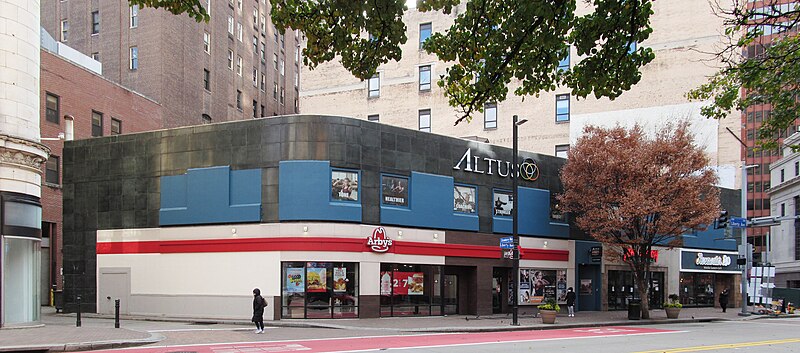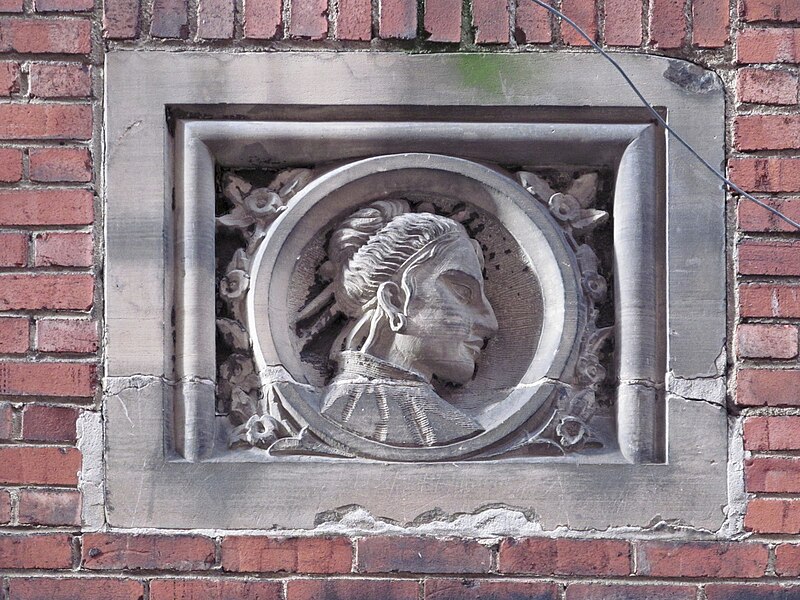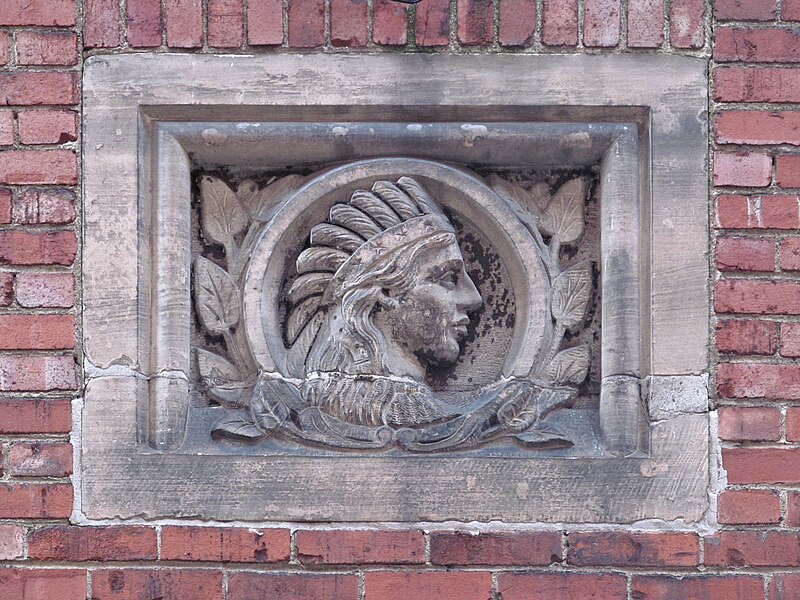
Update: The mystery is solved, thanks to an alert reader who has earned old Pa Pitt’s gratitude. This was the Second Methodist Church of East Birmingham, opened in 1872 and sold at a sheriff’s sale in 1874. There must be an interesting story in the short period between those two dates; usually being a Methodist wasn’t such a risky business.
The original text of the article is below.
If anyone knows the history of this building on Larkins Way at 23rd Street, Father Pitt would be happy to hear it. That it was a church at one point is obvious. It fits the pattern of small Pittsburgh churches of the middle and late nineteenth century exactly, and those blocked-in Gothic windows on the end would tell the story if nothing else did. But it was not a church for long before it was converted to four tiny alley houses. It appears without a label as a single undivided building on an 1882 map at the Pittsburgh Historic Maps site, but not in 1872, so it was probably built at some time in the 1870s. By 1890 it is already shown as divided into four parts, probably rental houses, since they were all owned by Jane Morgan. It continued under single ownership through 1923, and that is as much as old Pa Pitt knows about it.
So what kind of congregation failed in less than twenty years’ time? It is an interesting mystery, and Father Pitt has not yet solved it.


















